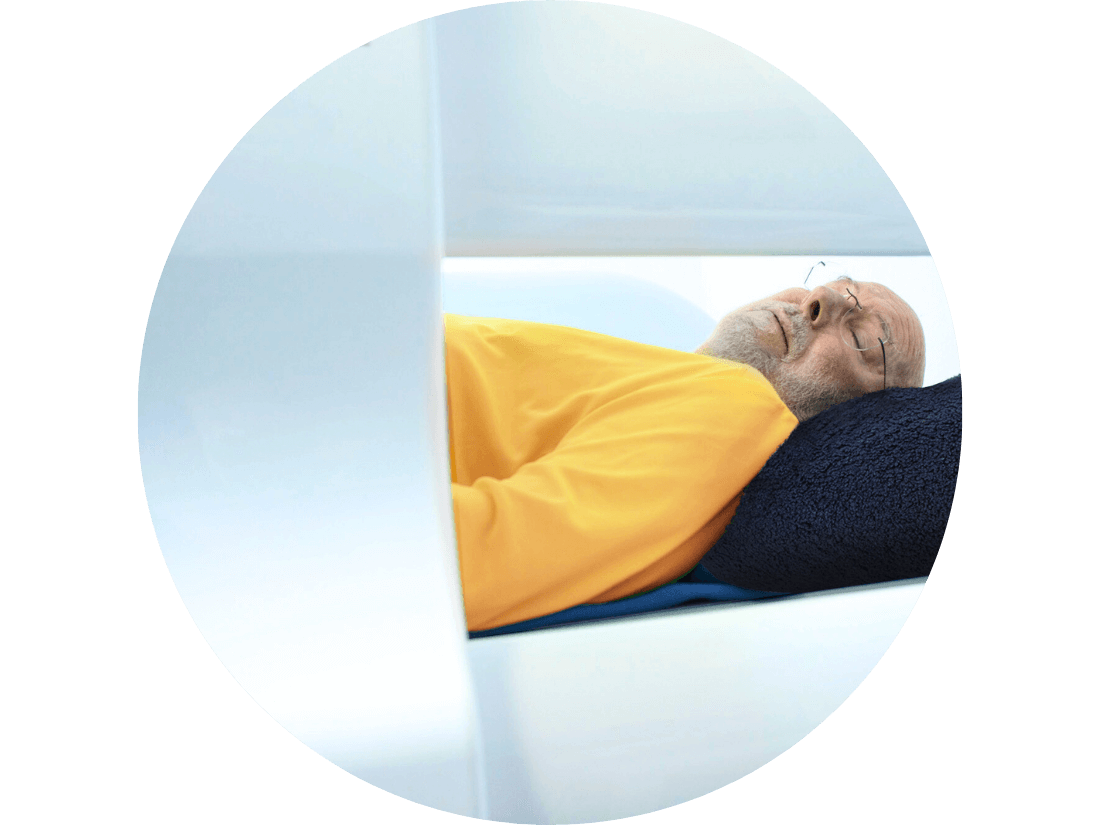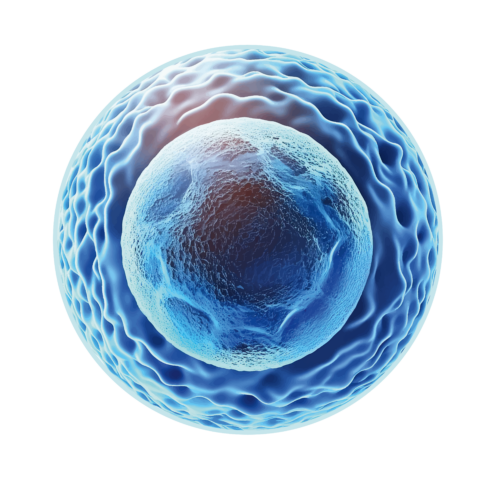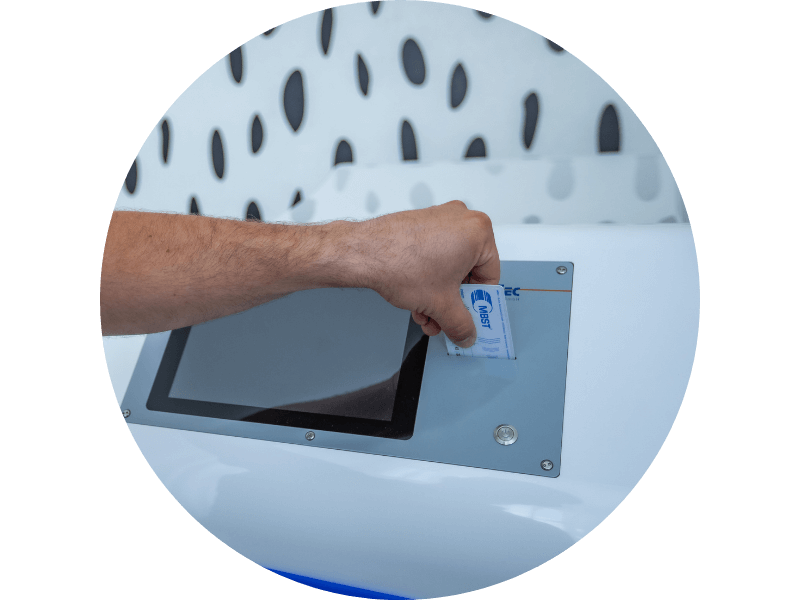The innovative medical technology of the MBST® therapy devices was developed to address malfunctioning, damaged cells in specified tissues. By stimulating cells, MBST® encourages several biophysical processes within the cells. This may activate natural repair processes to promote regeneration and support the buildup and upkeep of tissue. MBST also can modify chemical reactions of cells. By affecting signalling pathways, this can have a positive effect on inflammatory reactions and thus on pain.
MBST® uses the physical principle of magnetic resonance with a therapeutic approach which works directly at the cellular level and aims at stimulating the regeneration of damaged tissue. It makes use of the phenomenon that under magnetic resonance conditions, hydrogen protons can absorb energy and release it again into the surrounding tissue.
Scientific data suggests that MBST is thus able to trigger several biophysical processes and activate regenerative, anti-inflammatory and pain-alleviating effects.*


MBST technology uses the same core technology as MRI, a gold standard in orthopaedic diagnostics: magnetic resonance. Our bodies consist of approx. 70% water. Therefore, hydrogen protons are present in the tissue in enormous numbers. Magnetic resonance is generated by a combination of magnetic fields and HF impulses. Under magnetic resonance conditions, hydrogen protons in organic tissue are stimulated. They absorb energy which measurably changes their biophysical parameters. In MRI, this data is used to generate images for diagnostic usage.
MBST® solely makes use of the effect of magnetic resonance that hydrogen protons partly release the previously absorbed energy again when an impulse is turned off again. Scientific data show an effect of MBST treatment conditions on several mechanisms inside the body which may stimulate and promote endogenous processes.*
The major difference between MRI and MBST is that the goal of MBST is not to show images from the inside of the body. Strong magnetic fields of an MRI scanner and gradient coils are only necessary for image generation. The gradient coils cause the loud noises that many patients find disagreeable during an MRI examination. Since MBST does not generate images, both are not necessary. MBST therapy devices are therefore not constructed like the famous narrow MRI tube but offer much more open space and treatment is almost completely silent.
Body tissues differ in their features and characteristics. During the development phase of MBST, the different parameters of cartilage, bone, muscles, tendons, ligaments, discs, nerves and skin were studied. These parameters determine how a tissue may be stimulated best with magnetic resonance.
This knowledge was used to develop therapy sequences which are specified to the individual tissue. These specific frequences are transferred to the MBST therapy device with the therapy card. The tissue-specific therapy sequences are designed to stimulate the highest possible number of hydrogen protons in the respective tissue during treatment.

This popup shows the full story from each testimonial when “Story lesen” is clicked. You don’t need to edit this text — it will be replaced automatically.